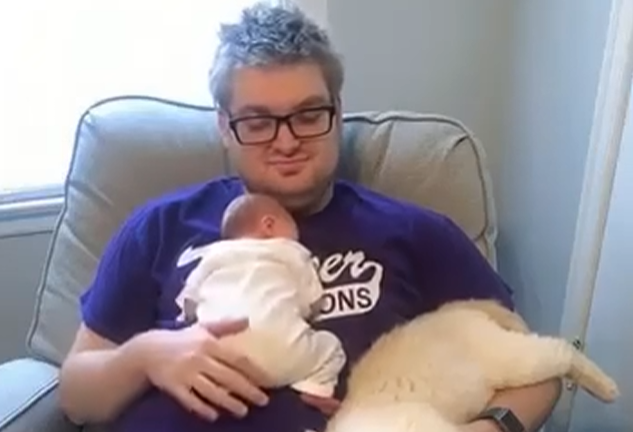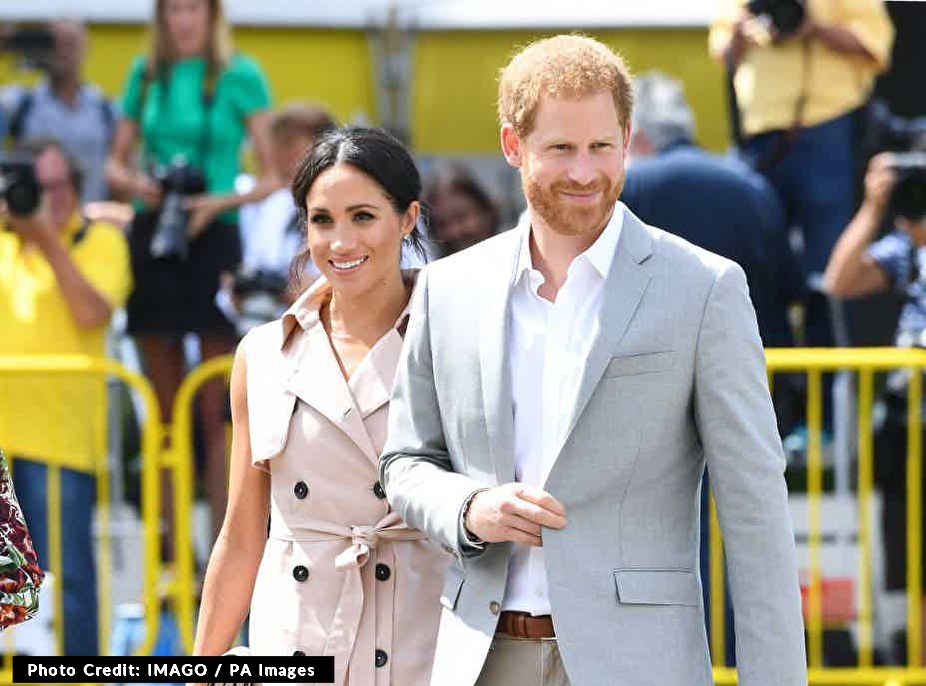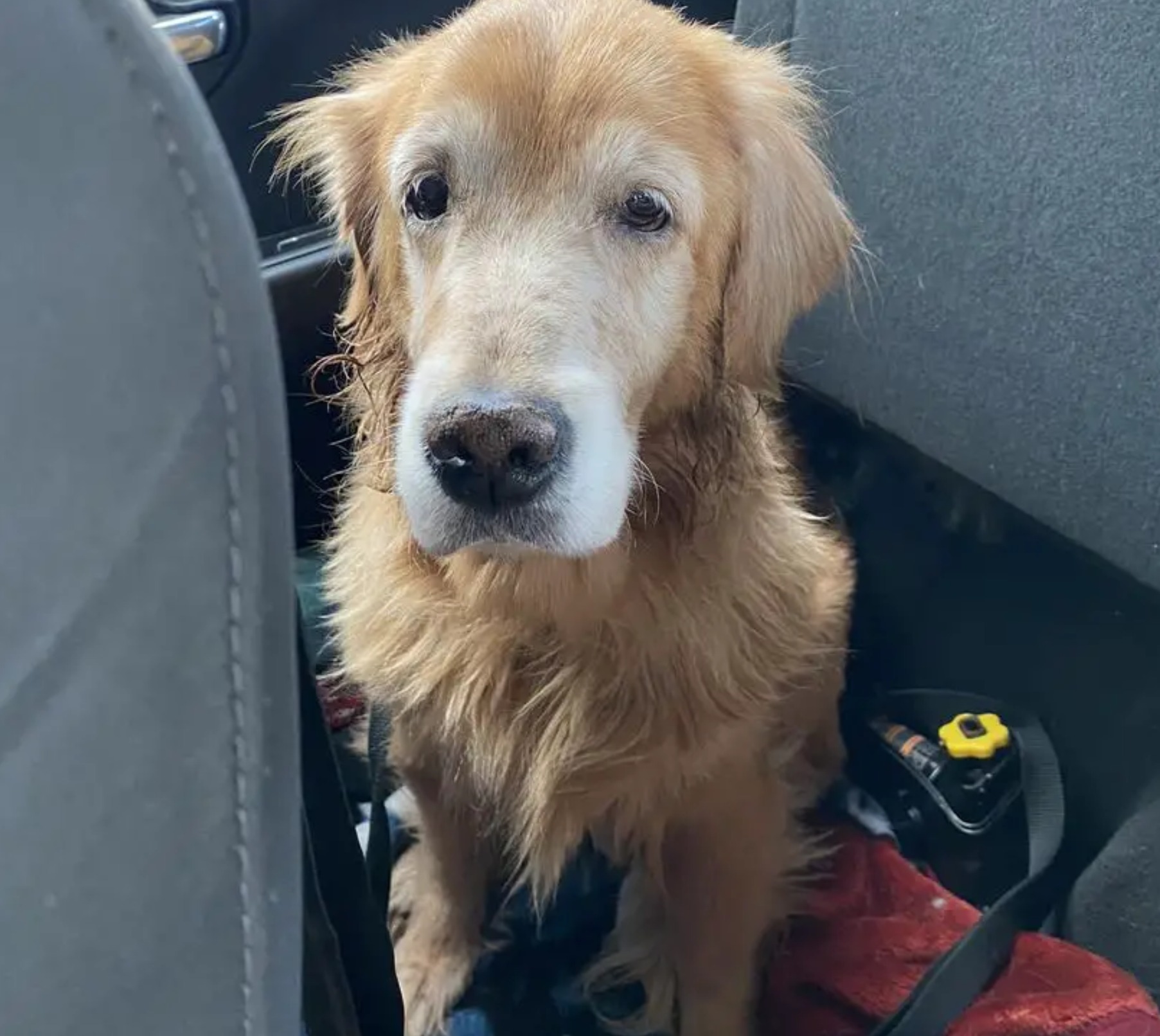
When I think back on my childhood, the sound that’s most vivid to me isn’t laughter or music — it’s silence. My younger brother, Keane, stopped speaking when he was four. Before that, he used to hum when he played, and sometimes he’d whisper words only he understood. But as the years went on, that hum faded into stillness. Doctors said he was on the autism spectrum. Teachers called him “special needs.” Kids at school called him “weird.” To me, he was just my brother. He didn’t need words to fill a room. His presence was enough.
Our mother built her life around caring for him. Every routine, every meal, every small breakthrough — she carried it all. When she passed away two years ago, I didn’t hesitate to bring Keane to live with me. It wasn’t some noble act. It was instinct. Family takes care of family. I thought I was prepared for what that meant. I wasn’t. Keane was twenty-six by then. He didn’t speak, rarely made eye contact, and still flinched at sudden noises. He had his habits — same breakfast every morning, same spot on the couch, same quiet stare out the window at dusk. I learned to adjust around him. Our house became a place of quiet routines — until my son, Milo, was born.
Milo’s arrival brought chaos in the best way. The house that had been so still now buzzed with soft cries, laughter, lullabies, and the tiny rustle of diapers at 2 a.m. I worried about how Keane would react. Babies are unpredictable, loud, and messy — everything that unsettled him. But when I brought Milo home, something unexpected happened. Keane stood in the doorway of the nursery, not too close, not too far. He just watched. No words. No sound. But his face — calm, curious. For the first time in years, I saw something like focus in his eyes.
At first, their relationship was just observation. Keane would hover nearby whenever I fed Milo or changed him, studying every movement. He’d linger in the hallway during bath time, peeking around the corner as if making sure everything was okay. I never asked him to help. I didn’t want to overwhelm him. Still, I could tell he was drawn to the baby in a way he didn’t quite understand.
Then came the morning that changed everything. I was exhausted, running on two hours of sleep, and decided to take a quick shower while Milo napped. Halfway through, I heard him cry — sharp, sudden, desperate. I rushed out, dripping, heart pounding. But before I reached the nursery, the crying stopped. When I pushed open the door, I froze.
Keane was sitting in the armchair by the window, cradling Milo in his arms. The baby wasn’t crying anymore. He was calm, his tiny hand resting on Keane’s shirt. My brother was rocking gently, his face soft, peaceful. Then he looked up at me and said, “He was scared. I made him a heartbeat.”
I didn’t even process the words at first. My brain stalled. Keane had just spoken. After twenty years of silence, he had formed a sentence — not a grunt, not a sound, but clear words. “He was scared. I made him a heartbeat.” My throat closed up. I didn’t know whether to cry or laugh or fall to my knees. I just stared at him, and he stared back, calm as if nothing extraordinary had happened. The baby’s head rose and fell against his chest, perfectly still.
That moment cracked something open in our lives. The next morning, Keane walked into the kitchen while I was making coffee. He looked at me and said, “Coffee?” like it was the most natural thing in the world. My mug slipped in my hand. I handed him one, shaking. He took a sip, grimaced, and muttered, “Too bitter.” That was two words more than I’d heard from him in decades.
It didn’t stop there. Over the next weeks, he began doing small things that once seemed impossible. He’d hum to Milo when he cried. He’d bring me the bottle warmer before I asked. One morning, as I was folding laundry, I heard him talking softly in the next room — telling Milo about clouds. Not in full sentences, but in pieces, like fragments of a language finding their way back to him. “Clouds move slow,” he said. “They look soft, but they’re not. Don’t try to touch.”
I used to think communication was about speech. Keane taught me otherwise. Even before he spoke, he had always felt deeply. He sensed emotions like vibrations — fear, calm, love — and mirrored them quietly. But Milo had given him something different. Purpose. Babies don’t judge. They don’t expect conversation or logic. They just need warmth and rhythm, safety and presence. And somehow, that need reached a part of Keane that no therapy, no doctor, no school had ever touched.
When I took Milo for his first check-up, the pediatrician asked how Keane was adjusting. I told her what had happened. She blinked, stunned. “You mean he’s speaking?” she asked. “Yes,” I said, smiling. “And it’s not random. It’s intentional.” She nodded slowly, and then said something I’ll never forget: “Sometimes, love does what science can’t.”
Those months changed all of us. My house became a home again — full of sound, but not chaos. Keane didn’t just come back to language; he came back to life. He started painting again — broad, abstract strokes that filled the canvas with color. When I asked him what they meant, he said, “It’s how I hear him.” He meant Milo. He painted the baby’s laugh in gold and white, his cries in blue. Every piece was a translation of emotion into color.
By Milo’s first birthday, Keane was talking almost every day. Short sentences, sometimes out of context, but always deliberate. “He likes red,” he’d say while feeding Milo. “Don’t forget the blanket.” Or sometimes, while staring out the window, he’d whisper, “Mom would like this.” And in those moments, it felt like our mother was right there — her patience, her gentleness — living through both of them.
I’ve tried to understand what happened that morning in the nursery. Maybe it was instinct. Maybe something in Keane’s brain reconnected through the act of caregiving. Or maybe it was simpler than that. Maybe love, when unfiltered by fear or expectation, speaks a language that finds its own way out.
I used to believe healing came from progress — therapy, milestones, measurable improvement. But Keane and Milo showed me that sometimes healing looks like a quiet room, a heartbeat shared between two souls who understand each other without needing to explain a thing.
Today, Keane still lives with us. He and Milo are inseparable. They build towers together, play with toy cars, and sit under the big maple tree in the yard watching clouds roll by. Keane talks more now — about colors, about feelings, sometimes about the weather. Every so often, he still goes quiet for days, and that’s okay. Silence isn’t absence anymore. It’s rest. It’s peace.
Sometimes, when I hear Milo laugh and Keane laugh with him, I think back to that morning — the sound of a baby’s cry, a brother’s voice reborn, and the heartbeat that started it all. In a world obsessed with miracles, I’ve learned they don’t always look divine. Sometimes they just look like two hearts learning to beat in sync again.




